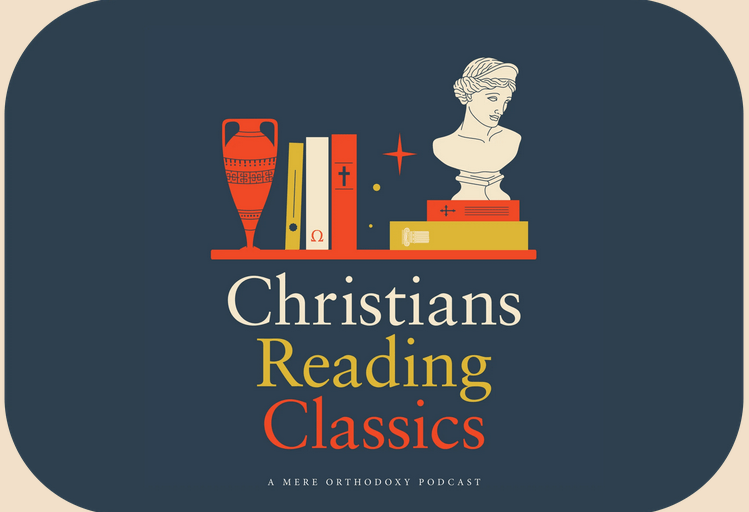Back to school time is upon us. Gas prices in my neighborhood have spiked to nearly $4 a gallon ahead of the Labor Day weekend. And classes at Trinity Christian College began on Monday. This semester I am teaching the first half of the United States history survey—U. S. History to 1860—for the first time since 2021. Back then it was a Monday-Wednesday-Friday course. Now it is a Monday-Thursday course, since Trinity reworked the weekly schedule to make room for Wellbeing Wednesdays as part of our Transformative Colleges Initiative. I have also flipped the classroom; I made 25 videos this summer and no longer lecture in class; we do activities and discuss primary sources. So far my students are doing great.
In July I recorded a podcast episode for the website Mere Orthodoxy. They have a new podcast titled “Christians Reading Classics.” The host is Dr. Nadya Williams, who is a classicist and has a book about the Greek and Roman Classics coming out late this year. The podcast has a little broader definition of “classic,” and she asked me to join her to talk about Little House on the Prairie, which was published 90 years ago in 1935. I had a great time discussing the book and Laura Ingalls Wilder’s life and faith with Nadya and Dr. LuElla D’Amico, a Professor of English and Gender Studies at the University of the Incarnate Word in San Antonio. The episode dropped several weeks ago and I have a link to the podcast at the end of this post.
This month I also found out that A Prairie Faith was reviewed in the academic journal Church History: Studies in Christianity and Culture. The review came out in the September 2024 issue, which was published online in February 2025. The reviewer, Dr. Melinda Marchand, teaches history at Clark University in Worcester, Massachusetts. The review provides an excellent summary of the book and my argument. The author was generous even as she pointed out particular contexts that readers of that journal would have been interested in the book addressing in more detail. The journal is behind a paywall, so I think the best way to find it online is to see if your local public or university library has access.
I will be returning to Western Pennsylvania in October to sign books at Geneva College’s Homecoming. The event will be in the West Reading Room of McCartney Library on Saturday, October 25, from 11:00 am to 1:00 pm. I graduated from Geneva thirty-four years ago, and I was a student worker in the library all four of the years I attended. Many thanks to Beckie Cottage and the Alumni and Advancement team at Geneva for making this possible.
I also just picked up a copy of Pamela Smith Hill’s Too Good to Be Altogether Lost: Rediscovering Laura Ingalls Wilder’s Little House Books. It came out this year from the University of Nebraska Press. It looks pretty fascinating. I will have to carve out some time in my schedule to read it this semester.
As always, if you’re interested in having me speak, please let me know (john.fry@trnty.edu). Thanks for reading!
Links
Transformative Colleges Initiative
Church History, September 2024 issue at Cambridge Journals


